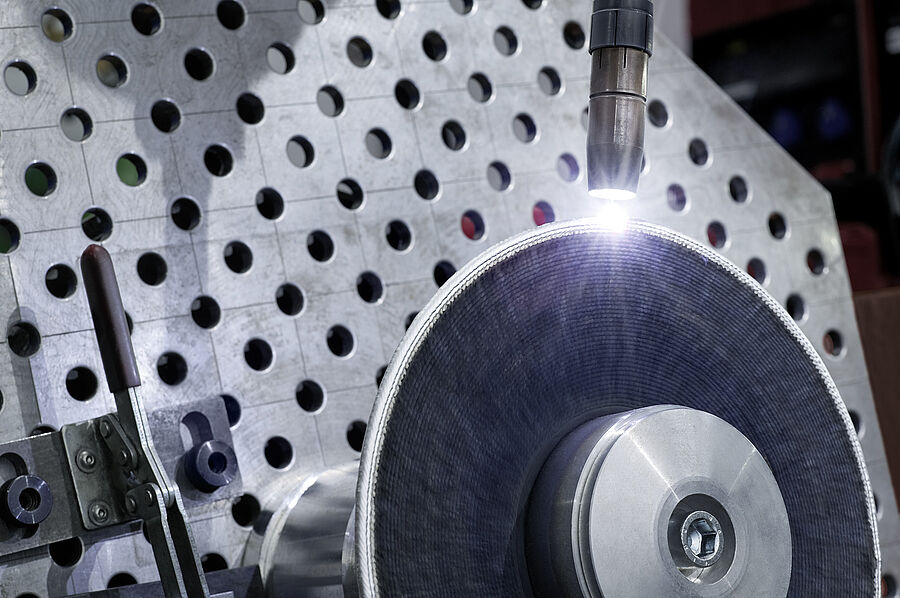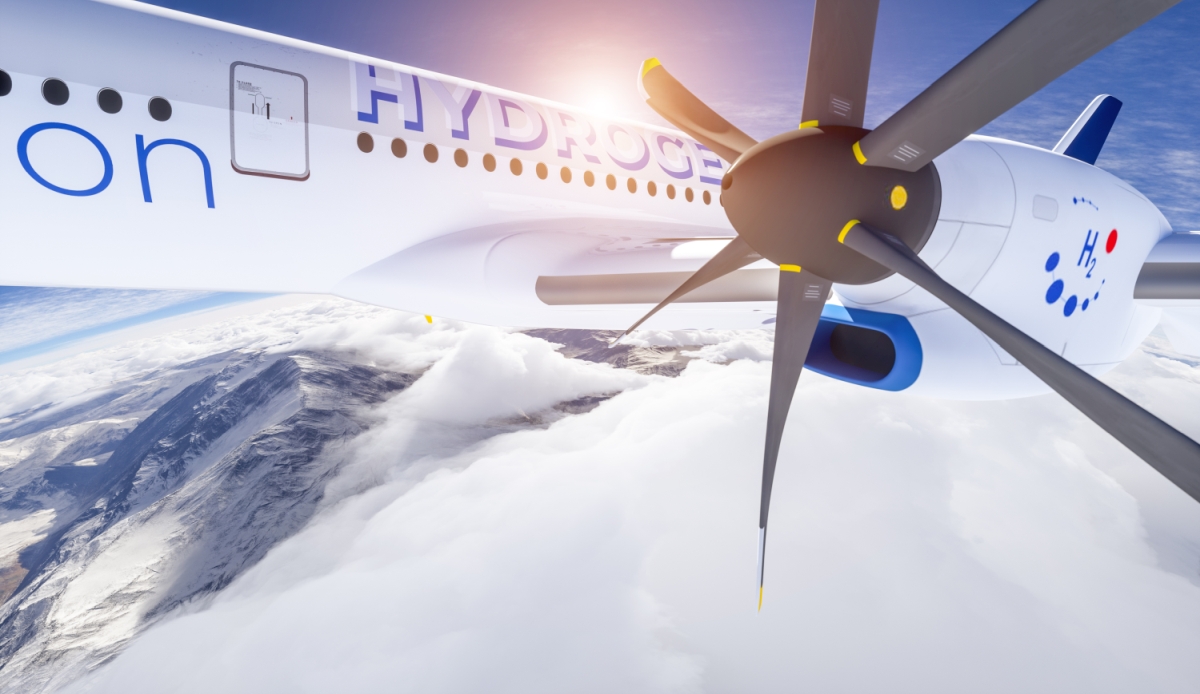Development of a WAM lightweight Al tank for liquid hydrogen with highest gravimetric storage density for aeronautics
The focus of the "LH2-WAM-Tank" project is the development of a lightweight liquid hydrogen tank made of aluminium using wire-based additive manufacturing (WAM) technology. Studies are being carried out on critical components and a fault-free functional prototype is being produced. The aim is to demonstrate the potential of WAM and to achieve a significantly increased gravimetric storage density of 8 kWh/kg for the LH2 tank, while at the same time showing the possibilities of functional integration into the tank.
Initial situation and project goals
Stainless steel is too heavy a tank material for aviation mobility systems. Aluminium offers itself as a suitable structural material to reduce weight and significantly increase gravimetric storage density in order to reach an energy-technically reasonable level. New LH2 tank concepts in combination with innovative manufacturing approaches are required.
Wire-based Additive Manufacturing (WAM) is a promising manufacturing technology in which welding wires are built up layer by layer to form 3D structures. It overcomes the limitations of known manufacturing methods. Research at the LKR has shown the enormous potential of WAM for aluminium in terms of material, manufacturing and functional integration. In the context of the development of an innovative LH2-WAM tank concept, this potential is to be confirmed.
The consortium aims to make significant progress in the field of "hydrogen-powered aviation". It plans to realise a sample tank and measure leakage/tightness as well as determine gravimetric storage density at the end of the project. The goal is a scaled sample with a gravimetric storage density of 7 kWh/kg and in the long term an increase to 10 kWh/kg - significantly more advantageous than all currently known LH2 storage solutions for today's mobility systems.
Results
As part of the design studies, both the conceptual tank interconnection for operation with LH2 was developed and the CAD planning for WAM was carried out. Initial feasibility studies were conducted to demonstrate the realisability of the design using WAM technology.
Due to the operating conditions (-253°C, 10 bar), the focus on lightweight construction and the manufacturing process used (WAM), a study was carried out on the appropriate choice of material. An aluminium alloy from the class of naturally hard 5xxx alloys was selected. This alloy is characterised by a balanced property portfolio that includes strength, formability, weldability and corrosion resistance.




